Now that the smoke has cleared after a fiery SNP leadership election, with Humza Yousaf a week into the job of first minister, it’s possible to discern features of the political landscape.
Most prominent is the extent to which the new leader is invested in keeping the alliance at Holyrood with Green MSPs.
The Bute House Agreement – negotiated nearly two years ago, in the aftermath of the last Scottish Parliament election – seems to be sacrosanct.
Shortly after being elected, Mr Yousaf met with the Greens’ co-leaders: fellow MSPs Lorna Slater and Patrick Harvie.
He subsequently tweeted that the reaffirmation of their co-operation agreement “will maintain our pro-independence majority” at Holyrood.
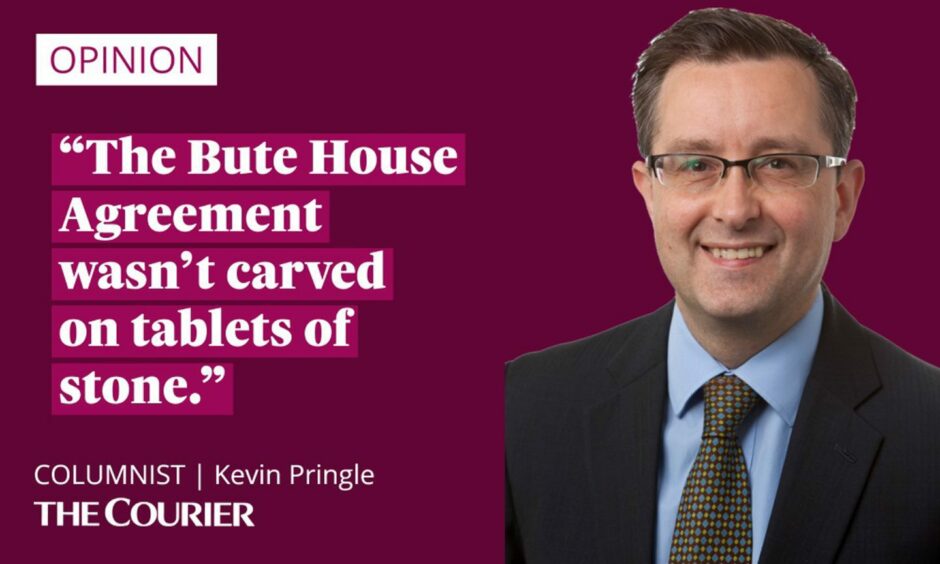
In reality, given that both SNP and Green MSPs were elected on a platform of support for an independent Scotland and a constitutional referendum, this pro-independence parliamentary majority is a given.
It doesn’t depend on agreeing a programme for government.
In my view, the SNP is overvaluing having an inbuilt majority at Holyrood in this parliament – courtesy of the seven Green members – because of feeling an acute sense of insecurity as a minority administration in the last parliament.
There were moments when the SNP government looked extremely vulnerable, and ministers faced the prospect of losing no-confidence votes, not least over the botched method of awarding school students their grades in the first year of the pandemic.
Delighted to meet @scottishgreens co-leaders @patrickharvie & @lornaslater at St Andrew's House this afternoon where we reaffirmed our support for the Bute House Agreement, which will maintain our pro-independence majority at 🏴 @ScotParl & deliver for the people of Scotland. pic.twitter.com/ZtV5IrZMIg
— Humza Yousaf (@HumzaYousaf) March 27, 2023
There were similar moments of high drama during the lengthy committee probe into the Scottish Government’s handling of harassment complaints against Alex Salmond.
However, there is no reason for memories of nightmares in the past to scare the SNP into believing it needs to maintain a Holyrood majority at all costs now.
Minority government has suited SNP
Looked at from a longer perspective, minority government has worked well for the SNP – and for Scotland.
During the two parliaments when the SNP formed minority administrations – 2007-11 and 2016-21 – the party advanced at the subsequent election.
Indeed, when Mr Salmond led an extremely minority government (with only 47 MSPs out of 129) the SNP did so well that it went on to win an overall majority within a proportional representation voting system.
By contrast, after that five-year experience of majority government, the SNP slipped back into minority status at the 2016 Holyrood election.
Nonetheless, I was supportive of the SNP doing a deal with the Greens in 2021, and on balance remain so.
But I don’t think it should be regarded as an absolute.
The Bute House Agreement wasn’t carved on tablets of stone.
Government experience benefits other parties – and voters
A big reason why I was in favour was the long-term improvement of the Scottish Parliament.
Short-term political calculation should be secondary.
A broader range of MSPs having experience of government can only be a good thing for Holyrood as an institution.
Green ministers will influence but shouldn’t dictate policy.
It follows that being in government will change the Greens, I believe for the better.
At present, among all opposition MSPs, only two Labour members have ever been ministers in Scotland’s devolved system of government.
That imbalance is unhealthy.
Politicians who have served in government will form a better opposition, which in turn should make for a better government.
Today it’s the SNP and Greens in power. It will change again in future.
Recent polls suggest that while the SNP will still be the biggest party at the next Holyrood election in 2026, there might not be a pro-independence majority.
A deal with the Greens would be null and void.
In these circumstances, my preference would for a supermajority of SNP and Labour MSPs.
Such an agreement may seem unlikely at present, but stranger things have happened.
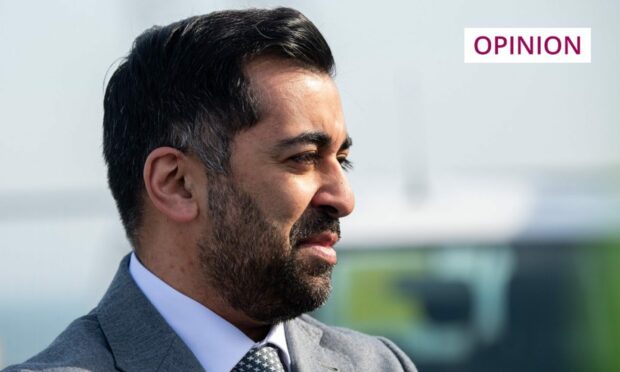
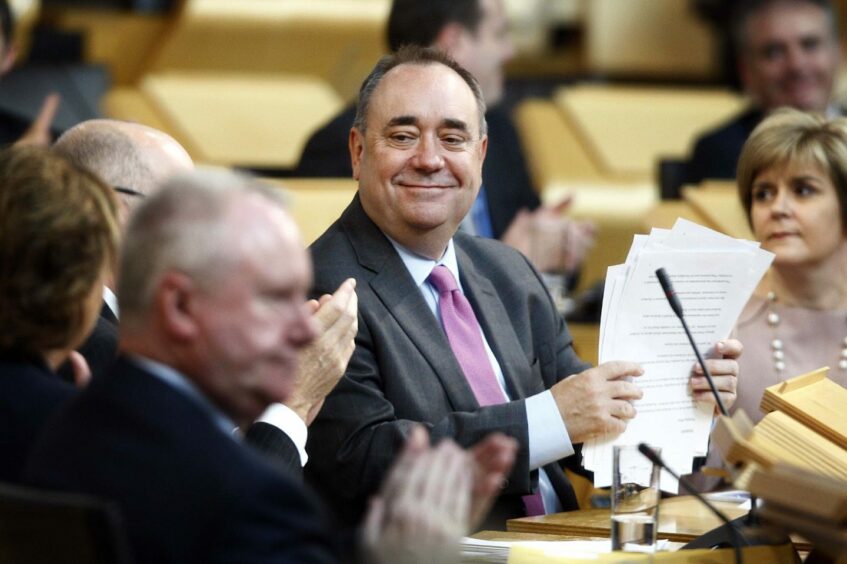
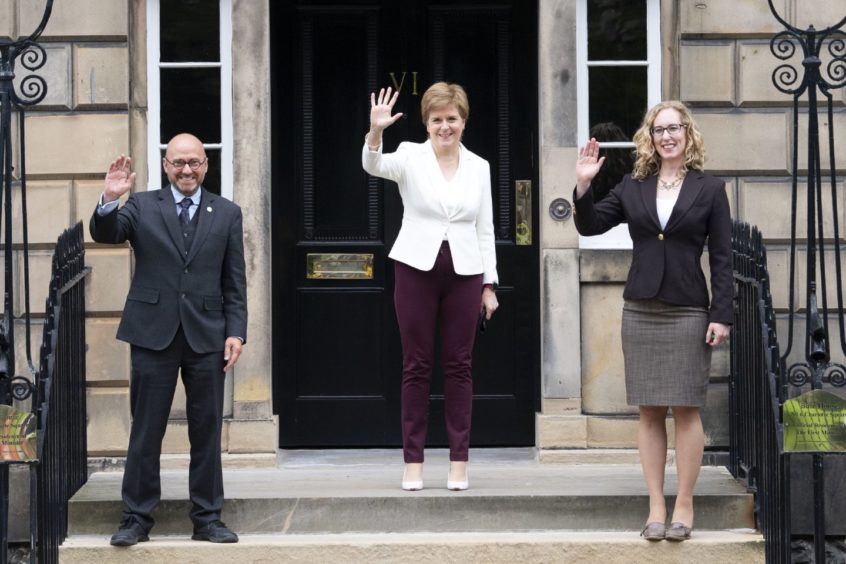
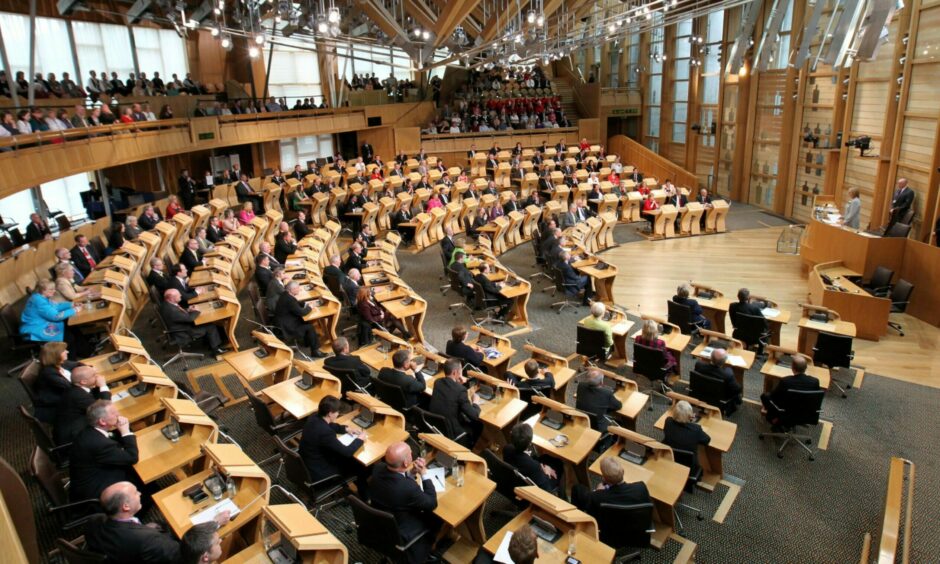










Conversation